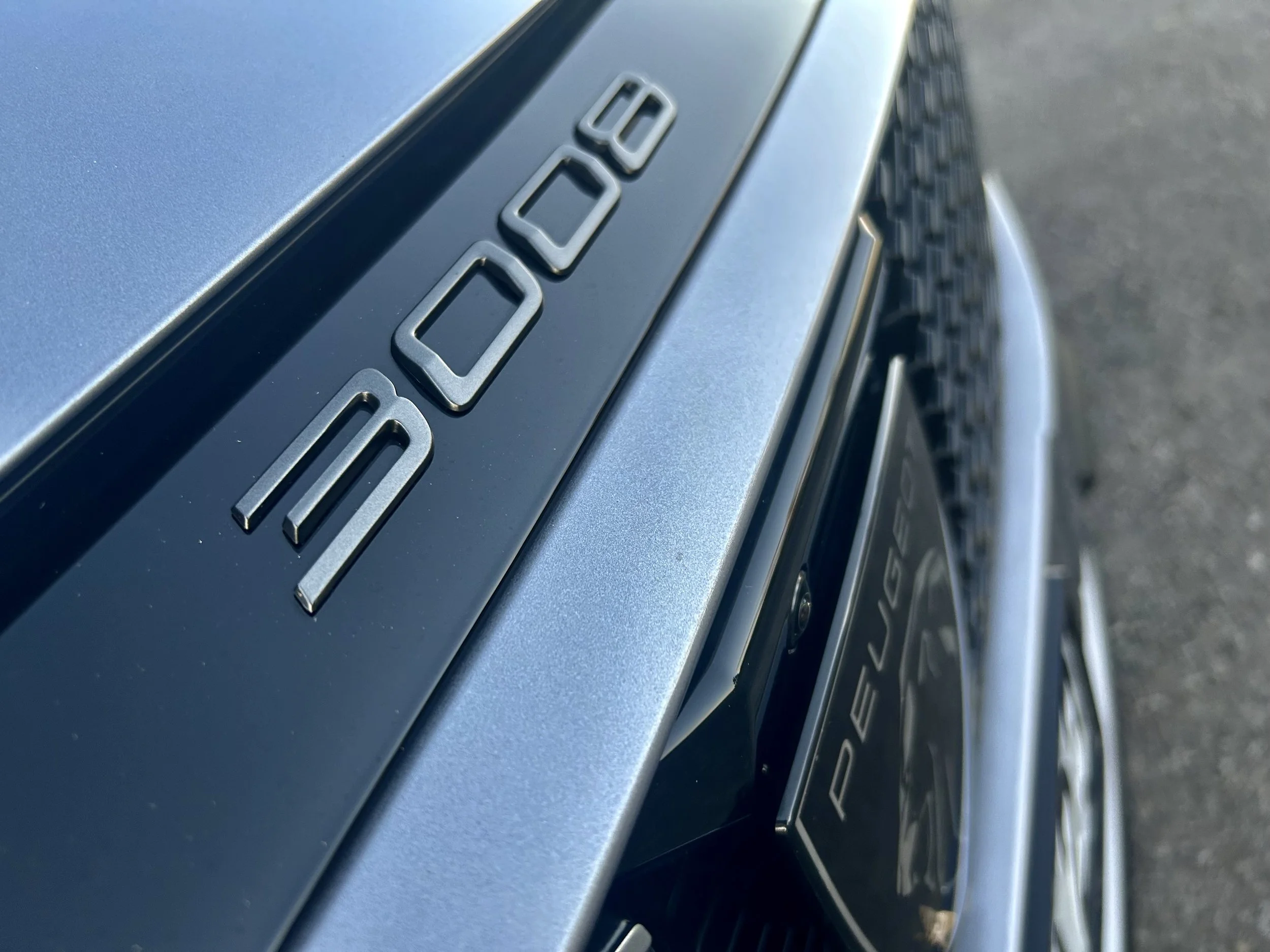Rio rolls i20 in crash test
/They’re identical under the skin – and both lack accidence avoidance tech that safety gurus now want to see in small cars – so how come the Kia Rio has claimed the vaunted crash test result denied its i20 sister?
SAFETY shortcomings that saw a small Hyundai being criticised by the country’s safety agency have not kept its sister car with identical issues from achieving a higher crash test score.
The New Zealand Automobile Association, which speaks on behalf of the Australasian New Car Assessment programme that is part-funded by the NZ Government, has yet to comment about why the Kia Rio was this week cited as being worthy of a five star car whereas the i20 received just four stars from the same Melbourne-based authority earlier this year.
The disparity is unusual given that not only are both cars on an identical platform, but Rio also lacks the crash prevention technology whose absence from the i20 was specifically identifed as a reason wht the Hyundai failed to achieve top marks.
The lack of autonomous emergency braking, adaptive cruise control, blind spot monitoring and emergency brake assist was criticised by Stella Stocks, the NZAA’s motoring services general manager, when speaking about the i20 in March.
She repeated much the same concerns when talking about the Rio this week in a release announcing the latest round of ANCAP results, but the tone seemed less strident.
In March, she said the Hyundai’s score would be disappointing for consumers who had come to expect much on the safety front from the Korean marque, commenting then that “safety standards are rising, which means car markets need to push harder to meet consumer expectations."
In respect to Rio, said it was also disappointing that it "features a range of crash preventing technologies which are only available on variants in the European market.
“That means Kiwi buyers miss out on buying the safest version of the car.”
“We would like to see manufacturers offer New Zealand drivers the same degree of crash prevention technologies European drivers receive, if not as standard, then at least as an option,” she added.
ANCAP and NZAA have explained what differences to the Rio allowed it to not only score better than the i20, but also achieve a score that safety agencies have this year suggested would be impossible to secure without AEB.
For its part, Kia seems to be suggesting that their car advances its safety credentials based on greater use of high strength, lightweight steel that now makes up 51 percent of the structure. However, Hyundai has also suggested previously that the i20 is of similar construct.
Hyundai New Zealand declined to offer thought about this matter when approached today. MotoringNetwork has been told it is not policy to comment on other brands. The NZAA has also to respond to questions.
Kia New Zealand – which has no business relationship with Hyundai here though, of course, it is a Hyundai sub-brand – has wasted no time promoting the top shelf score, though it has also avoided mentioning its sister marque.
At the Rio’s local market launch, staged in the week of the i20 announcement, local Kia boss Todd McDonald had expressed confidence his car would do better than its sister.
This week he suggested that the car’s ANCAP score was all the more pleasing because “it is more difficult for small cars to achieve five-star safety status.”
“That the new Rio has become one of our best-selling models since it was introduced this year is testimony to the stylish design and the improvements in space, refinement and technology, not to mention safety, which is now officially endorsed for our market,” he added.
Kia NZ says it’s cars body strength was highlighted by it getting full marks for the side impact and pole tests and a very creditable 14.5 marks out of 16 for the frontal offset test.
“The Kia Rio achieved an overall ANCAP score of 35.52 points out of a possible maximum of 37 on its way to being given a 5-star safety rating,” a release from Kia NZ said.
The ANCAP announcement also cited the popular Suzuki Swift was also a five star car, in GL Auto, GLX and the RS Auto formats. The GL Manual, which is the base version of the Swift achieved four stars because, ANCAP suggests, it lacked the crash avoidance aides also absent from the Korean cars.

















